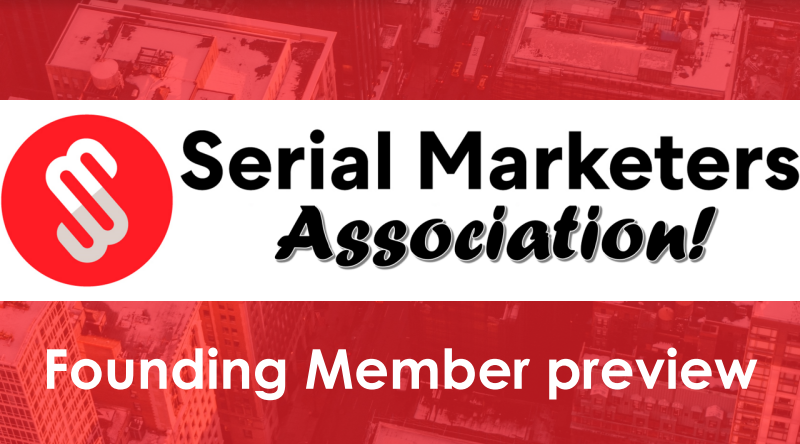Let’s agree right away that YouTube’s Sponsored Video isn’t the next Google Killer.
It’s not even the next Yahoo killer, even though comScore recently reported that YouTube is now the second largest search engine.
Fittingly, around the time that the comScore news broke, Google
publicly launched search-triggered Sponsored Video ads on YouTube. Does
this mean marketers need to consider YouTube over Yahoo and Microsoft?
It’s not going to quite work out that way. First, it’s helpful to understand how YouTube search ads work:
- You need to promote a video that’s on YouTube. This is designed to drive video views, not site traffic.
- You must have uploaded the video through your YouTube account. For my trial, I used this video I titled “Soufflecam,” a grainy, shaky shot of a waiter serving chocolate soufflé while at a dinner with New York Times columnist David Pogue.
- You can target videos for words and phrases, and they’re
supposed to be relevant to the video, though I’ve found many ads
running on completely irrelevant terms. Presumably Google is focusing
on driving up inventory for now rather than fine-tuning relevance. For
my video, I used phrases like “chocolate soufflé” — surely a top query. - Ads run on a cost-per-click basis.
- This is all very different from search advertising. With a typical
search engine marketing campaign, not only are direct response metrics
critical, but you get penalized for branding messaging. With sponsored
videos, you have some flexibility to include branding, and you’re
promoting content.
Taking a step back, the consumer mindset is very different on Google
and YouTube. On Google, a consumer might be looking to buy a new car.
On YouTube, a consumer might be looking for a cool car commercial.
Viewing that commercial might improve various branding metrics, but
there will be a large percentage of people who just want to watch the
commercial that everyone’s talking about.
Google and YouTube also differ in terms of the marketers they
attract. Google AdWords opened up to everyone. It got to the point
where marketers stopped asking if they should advertise on Google and instead asked how much
they could spend there while still reaping a return on ad spending.
Google’s not the most important platform for every marketer, but every
marketer needs to consider it, and just about everyone can get at least
some value out of it.
YouTube Sponsored Video is something else entirely. Yes, more
marketers are uploading videos to YouTube, but how many of those videos
will benefit from paid promotion? Some marketers can quantify it. Movie
studios want to get people to watch their trailers, and they understand
the value of it. Bands can use music videos to try to fill up a venue.
Marketers can also pay to promote their responses to major issues and
crises, such as when JetBlue founder and then CEO David Neeleman
published a video apology
for a string of lengthy delays. At the time, that segment might have
benefited from Sponsored Video. Today, that apology comes up first when
I searched for “JetBlue” on YouTube, so JetBlue might want to run an ad
to direct searchers to something a little more upbeat.
While more marketers will find ways to use Sponsored Video, it won’t
be for everyone. Not everyone’s in the brand-building business online,
and not everyone who is will have video assets that are good enough to
merit promotion on YouTube. Marketers who try to promote subpar content
may find themselves with negative reviews and ratings, so it’s
important to be selective.
On the flipside, video ratings are included in the Sponsored Video
ad, so great videos will attract even more viewers with their four- and
five-star ratings. I searched for James Bond on YouTube the Monday
after the latest movie premiere and an ad from Activision appeared
promoting a trailer
for the video game based on the movie. The game trailer is rated five
stars, and clicking the video shows it received 19 ratings, so
YouTube’s community validates Activision several times throughout the
experience. That’s unique to YouTube, and the advertiser benefits even
without a click (in some ways, the advertiser benefits more without
clicks since impressions are free).
The first step, as Activision learned, is uploading good content.
There’s no official Quality Score, but don’t get lulled into a false
sense of complacency. While Google won’t judge you here, your potential
customers will.




![Reblog this post [with Zemanta]](http://img.zemanta.com/reblog_e.png?x-id=ab4d1fa9-7dc3-431f-a45a-2da899ac6262)



No Comments
Leave a comment Cancel